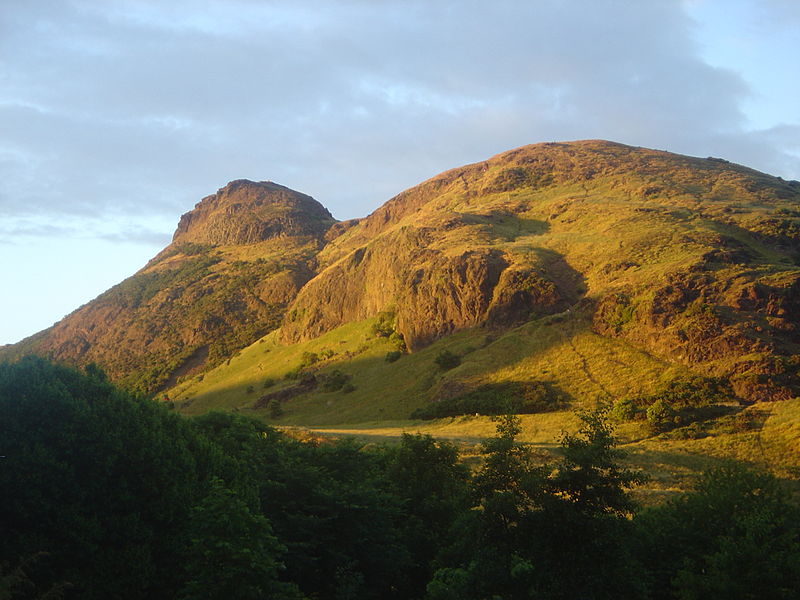Dances from the Ann Arbor Ball: The Luckenbooth Brooch, Roaring Jelly
DOMINO FIVE (R5x32) 5 person Sq.Set with 5th person in centre
D Haynes Carnforth IV
1- 8 5+1+2 dance RH across, 5+3+4 dance LH across
9-16 5+1+3 dance RSh reel of 3 (5 & 1 pass RSh to start)
17-24 5+4+2 dance LSh reel of 3 (5 & 4pass LSh to start)
25-32 5 changes place with 1 (pass RSh), 1 change pl with 4,
4 change pl with 3, 3s change pl with 2 & 2 becomes new 5
THE LUCKENBOOTH BROOCH (J8x32) 3C (4C set)
J Dickson Glendarroch SD Sheets
1‐8 1s in reverse promenade hold, dance a right shoulder reel of three
with the 2s. (2s finish in 1st place).
9‐16 1s in reverse promenade hold, dance a right shoulder reel of three
with the 3s. 1s end facing the men’s side in second place.
17‐24 1s dance out the men’s side, cast away from partner, meet and
dance out the ladies side, and cast away from partner to end
1M between the 2s, 1L between the 3s
while 2s & 3s dance rights and lefts.
25‐32 In lines of three, set twice. 1s turn right 1 3/4 to 2nd place
(or into reverse promenade hold, ready to begin again)
Dance Information:
 |
| Antique luckenbooth brooch. Image from Isadora's Fine Antique Jewelry. |
A luckenbooth brooch is a Scottish heart-shaped brooch, often with a crown above one heart, or two intertwined hearts. The name comes from the lockable stalls of Edinburgh's Royal Mile, where jewelry and trinkets used to be sold, including this type of brooch. Like the Irish Claddagh ring with its similar heart and crown motifs, this brooch is a traditional Scottish love token, often given as a betrothal or wedding brooch. It might be worn by a nursing mother as a charm to help her milk flow, and/or be pinned to a baby's clothing to protect it from harm and the evil eye.
LIGHT ON THE WATER (S8x32) 3C (4C Set) S Kass Let’s All Dance
1- 8 1s cast down behind own sides & back to places
9-16 1s dance reels of 3 on sides (in & down to start)
17-24 1s lead down for 2 bars, set, lead up & cast to 2nd place
25-32 2s+1s+3s Advance+Retire 1 step, dance BtoB round partner & turn 2H
FRIARS REEL (R8x32) 3C (4C set) J Rhodes Snowdon Bk
1- 8 1s cross RH & cast 1 place, cross LH & cast Lady up Man down
9-16 1s dance reels of 3 across Lady with 2s & Man with 3s
1s end facing 1st corners
17-24 1s turn 1st corner RH, partner LH, 2nd corner RH &
partner LH to end 2nd place own sides
25-32 2s+1s+3s circle 6H round & back
ROARING JELLY (J8x32) 3C (4C set) H Foss Glendarroch SD Sheets
1- 8 1s cross RH, cast 1 place, cross RH & cast (Man up & Lady down)
into centre
9-16 1s+2s+3s circle 6H round & back (1s end in centre)
17-24 1s change places RH & dance to right into figs of 8
(Lady round 2s as 1M dances round 3s)
25-32 1s dance reels of 3 on opposite sides giving RSh to 2nd corners &
cross RH to places
Dance Information:
There is some debate over where the name Roaring Jelly came from. It is often thought to refer to gelignite, an explosive material consisting of a type of or gun cotton dissolved in either nitroglycerine or nitroglycol and mixed with wood pulp and saltpetre. Gelignite was invented in 1875 by Alfred Nobel, who had earlier invented dynamite, but unlike dynamite, gelignite does not suffer from the dangerous problem of sweating, the leaking of unstable nitroglycerine from the solid matrix. Its composition makes it easily moldable and safe to handle and store because it cannot explode without a detonator. That may very well be what Hugh Foss had in mind when we wrote the dance. He was one of the first modern dance devisers, but the tune predates him, and reference to it in the Gow Collection of 1919 shows that it's older than the invention of dynamite in 1867, and even older than the invention of nitroglycerine in the 1847. So, what the name of the tune refers to is anyone's guess, really.





